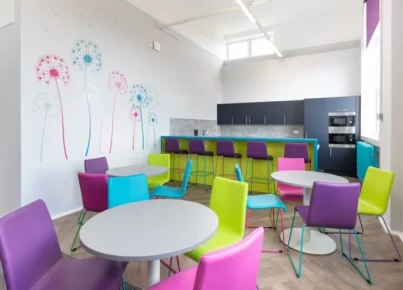Introduction:
The COVID-19 pandemic has led to an unprecedented disruption in the education system, causing learning loss and widening achievement gaps. As schools start to reopen, it becomes essential for educators and stakeholders to focus on mitigating this learning loss and establishing a strong foundation for future academic success. Here are some strategies that schools can employ to make up for the pandemic-induced learning loss.
1. Diagnostic Assessments:
Implementing diagnostic assessments at the beginning of the academic year can help teachers identify specific areas where students need additional support. This data-driven approach enables targeted interventions and personalized learning plans for students, thereby accelerating their progress and helping to close any gaps.
2. Extended Learning Time:
To compensate for lost time and opportunities, schools can consider offering extended learning programs in the form of longer school days, additional tutoring sessions, or weekend classes. These programs should focus on reinforcing essential concepts, building foundational skills, and offering supplementary support for struggling students.
3. Emphasizing Social-emotional Learning:
The pandemic not only had an impact on students’ academic progress but also took a toll on their mental well-being. Schools should ensure that social-emotional learning (SEL) is integrated into their curriculum to help students cope with stress, foster resilience, build relationships and improve overall psychological health.
4. Collaborative Professional Development:
Empowering educators with the right tools and resources is crucial to addressing learning loss effectively. Schools should prioritize professional development opportunities that encourage teacher collaboration, sharing of best practices, and peer coaching as they navigate through the challenges posed by the pandemic.
5. Engaging Parents and Families:
Strong partnerships between schools and families are essential to facilitate student recovery from learning loss. Schools should invest in consistent communication with parents or guardians about their child’s progress, offer resources on how they can support their child’s education at home, and invite them to participate in school activities.
6. Leveraging Technology and Digital Resources:
Effective use of technology can play a vital role in addressing learning loss. Blended learning models, which combine face-to-face instruction with online resources, allow teachers to provide personalized instruction and differentiated support. Moreover, digital tools can supplement classroom learning and help students catch up at their own pace.
7. Intervention Programs:
Implementing targeted intervention programs is another promising strategy to address learning loss. These programs can be designed to support students struggling in specific subjects or those with unique learning needs, like English Language Learners or students with disabilities.
Conclusion:
Mitigating the effects of COVID-19 learning loss is an urgent priority for schools as they reopen. By employing these strategies and fostering a supportive learning environment, educators can play a critical role in ensuring that all students have the opportunity to recover and thrive academically.



